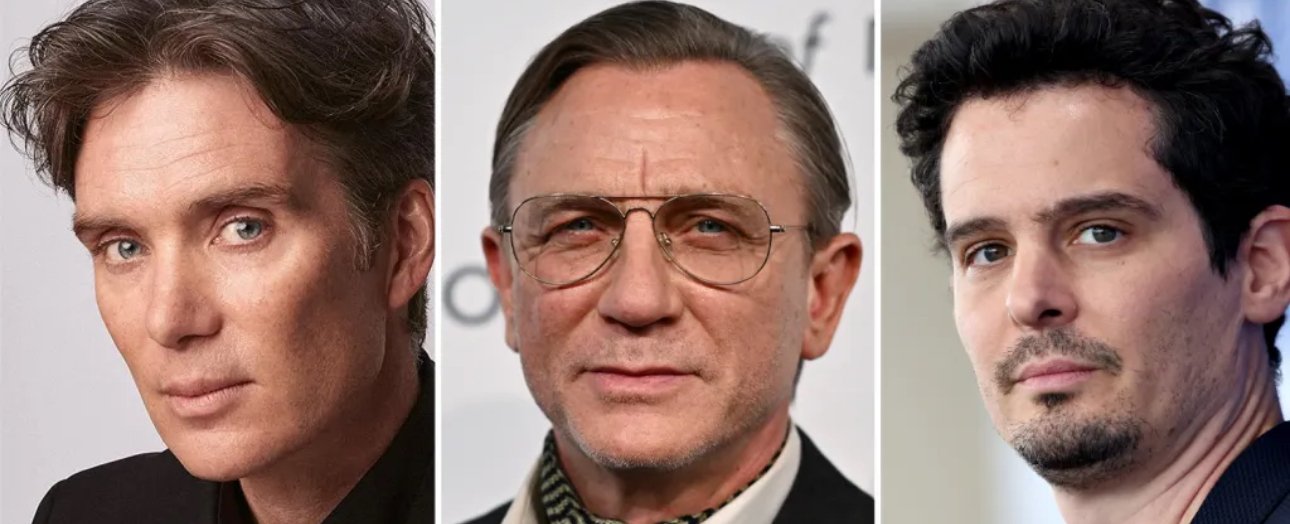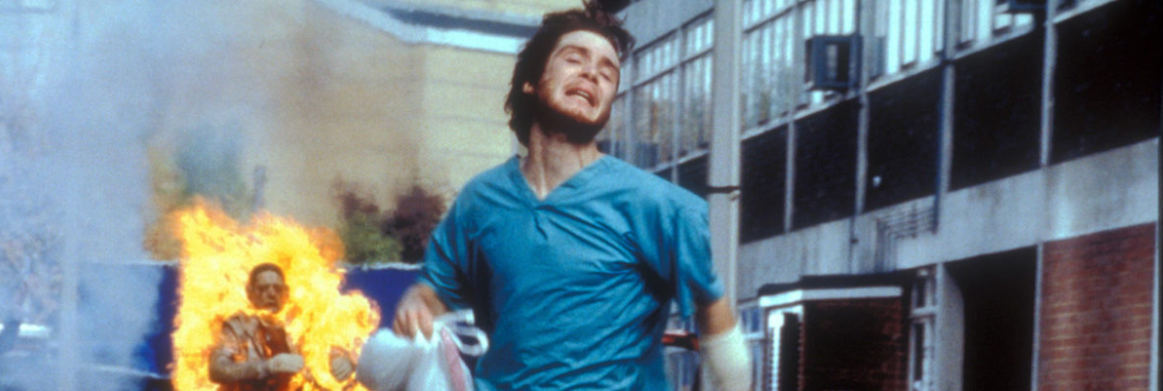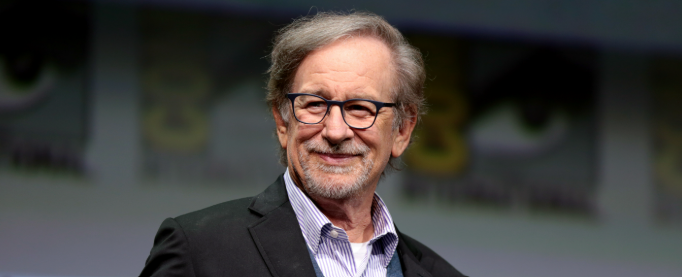Any horror movie fan you speak to will tell you that the last decade has been incredible for the genre. And so, what’s the deal? Well firstly, everything that’s coming out seems to be directed by filmmakers that know their horror, cinephiles in fact. These are filmmakers that are allergic to clichés. The genre was in dire need of new blood, and we found it with new talented directors that seemed to be inspired by the works of John Carpenter, Stanley Kubrick, and David Cronenberg.
These new original voices studied the formula that many great horror movies used in the past, especially the casting of a female lead. In horror movies, the female lead doesn’t need to be weak; in fact, she can be strong. Very strong. Usually the last “man” standing. I remember writing a term paper in film school years ago about how women in horror advanced the cause of feminism in our society. Who can forget Ripley in “Alien” saying, “This is Ripley, last survivor of the Nostromo, signing off”, or in the movie’s sequel seven years later uttering the line, “Get away from her, you bitch,” before saving the day. If one looks back at film history they will notice a rich history of women in lead roles: “Rosemary’s Baby”, “The Shining”, “The Exorcist”, “The Ring”, “Halloween”, “Psycho”, “Suspira”, “Alien,” and “The Birds,” just to name a few classics.
The genre was rejuvenated this decade with exactly that formula, but especially in a film like “The Babadook” – a smart, snappy, and darkly twisted tale that dealt with death, mourning and the matriarchal role. The main character was of course female (as played by the excellent Essie Davis), but here’s the kicker: so was the filmmaker, the promising Jennifer Kent. It was an original, refreshing change of pace to a genre that was, for the last decade or so, more interested in the same old boring conventions about the male psyche. Kent reinvigorated the game and “The Babadook” was a major success – one that will likely spark a new wave of horror filmmaking to one up it triumph.
Of course, Robert Eggers' "The Witch" is another such reinvention of horror. I saw the film at Sundance in 2015 and then at TIFF again that very same year. Suffice to say, I knew this spine-tingler was a movie event worthy of praise. Eggers’ haunting and spooky film wasn't your typical horror movie. More artsy than gory. More interested in building up dread within its spooky atmosphere than jump-scaring you, I couldn't have liked it more. I was astonished this was Eggers’ first film. He directed it in such an assured, effectively veteran way, with a Kubrickian mastering of every piercingly detailed frame.
Another example, Fede Alvarez' "Don't Breathe" which has the content and quality to become a cult classic of the genre. The film, a tightly knit and terrifying treat to watch, had to do with three thieves trying to break into a blind war veteran's home to steal a cool million dollars in cash. Not only does the plan fail, but it turns out the blind war vet is quite capable of taking care of himself. It makes for a claustrophobic film in which 80% of it takes places in the man's shoddy Detroit home. A labyrinthine thriller that reminded me of another horror genre-exercise, Jeremy Saulnier's "Green Room," in terms of hard-edged technical prowess, Saulnier’s film was as masterfully executed, in the visceral sense, than any other movie in horror this decade. Turning the screws of action and suspense into a catch-your-breath fight for your life experience.
The best 'movie-movie' of all the films mentioned here might just be "Get Out," which had Chris Washington, a young African-American male (Daniel Kaluuya) meeting the parents of his white girlfriend Rose (Allison Williams) for a weekend in their posh, but the secluded cottage. The old adage of trust none of what you heard and even less of what you see is put to a full-throttled test here. Don’t expect “Guess Who’s Coming to Dinner” speechifying, at least not in the hands of first-time director Jordan Peele, one-half of the comedic duo Key and Peele, who had the time of his life messing with our heads his horror-masterpiece. The clever film, which was packed with plenty of tension, was the most fun I had in a movie theaterin 2017, but it also found a way to skewer and make critical insights about the race relations in America. “Get Out” wasn’t just a horror comedy, but it was filled with political fireworks that made it a lot more nuanced and thought-provoking than your average B-movie flick. The film was refreshingly incisive for its stab at the white liberal and conservative elite. Something you don’t see much in the media or at the movies these days. Peele was smart enough to skewer all of white America and demand they wake up to the elephant in the room. Hypocrisy seems to be the name of the game and “Get Out” was the most relevant movie of last year.
But there's a film that I believe might be the best horror movie of the decade: David Robert Mitchell’s minimalist and sexually confusing “It Follows.” The film refused to follow the conventions of 21st-century horror cinema. Its DNA firmly ingrained in and inspired by the classics, especially John Carpenter. Just when you thought there wasn’t really much more room to maneuver creatively within the genre, Mitchell delivered this stunningly authoritative movie. It was a blend of the surreal with the very real. A taste of the next generation of horror movies to come.
Much like “The Babadook”, the story’s main character was female and the implications were more psychological than gore-tastic – a relief if you ask me. Dealing with a 19 year-old (played by Maika Monroe who loses her virginity and is later told by the same guy that he has passed on a curse to her that will follow and haunt her everywhere she goes, the film is imprinted with ridiculously clever undertones. The only way for our main protagonist to get rid of this “disease” she has inherited is to sleep with someone else and pass it on to them. Oh boy. Here comes a slew of film school term papers for the next decade about the film’s allegorical connection to STDs. Those sly open-minded students wouldn’t be far off in their theories, but there’s much more to “It Follows” than just its fascinating dissection of STD allegories and teenage sexuality.
Every scene in Mitchell’s film is filled with unbearable dread, bringing to mind early Carpenter just by its synth-driven musical score, courtesy of the brilliant Disasterpiece. The jump scares are also frighteningly timed, all thanks to Julio C Perez IV’s editing and the dreamy atmosphere Mitchell creates on-screen. Scene after scene, the viewer is engulfed in an inescapable sexual nightmare, and just when you think the film will unfold in a conventional way, Mitchell pulls the rug under you and slaps your face sideways. Just like the classic movies it has been inspired by, “It Follows” was inescapably eerie, haunting and masteful.
For now, these are the twenty best horror movies of the decade:
(1) It Follows (2) Get Out (3) The Witch (4) Black Swan (5) The Invitation (6) 10 Cloverfield Lane (7) Hush (8) Don't Breathe (9) The Wailing (10) Attack the Block (11) Lights Out (12) Raw (13) Sinister (14) Green Room (15) Sinister (16) It (17) The Guest (18) You're Next (19) The Woman In Black (20) Shutter Island






